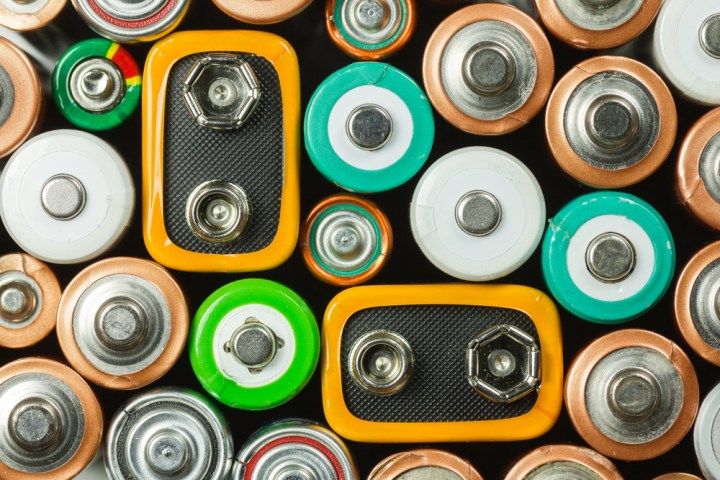
Lithium-air (Li-air) batteries have been around for a while — chemist K. M. Abraham is credited with developing the first rechargeable variant in 1995 — but they’ve never been considered very practical. That’s because they use carbon as an electron conductor instead of the metal-oxide found in conventional Li-ion batteries, and generate electricity from the reaction of oxygen molecules and lithium molecules, a process which leads to the production of electrically resistant lithium peroxide. As the lithium peroxide builds up, the power-producing reaction diminishes until it eventually ceases completely.
But scientists at Cambridge discovered a workaround. They engineered a lithium iodide and water-based electrolyte that, thanks to layers of graphene, is light and porous. The result? During the Li-air cell reaction, hydrogen from the water joins with the lithium to produce lithium hydroxide crystals instead of lithium peroxide. The pores collect the crystals and render them inert.
Those crystals would present a problem for recharging, but that’s where the lithium iodide comes in. As electrons enter the cell, iodide ions are converted to triiodide ions and combine with the hydroxide crystals to free the pores. (As an added benefit, the process requires far less voltage than a lithium perioxide-based system would.)
The results are impressive: Cambridge’s design is 90 percent more efficient than conventional Li-ion batteries and capable of over 2,000 recharge cycles (compared to Li-ion’s several hundred). “What we’ve achieved is a significant advance for this technology and suggests whole new areas for research,” Clare Grey, the study’s senior author, said in a statement. “We haven’t solved all the problems inherent to this chemistry, but our results do show routes forward towards a practical device.”
The rub is commercialization. The battery the team produced is dependent on a supply of pure oxygen, and (alarmingly) has a risk of exploding during the charging process. Because of those problems and others, the team estimates that consumer Li-air batteries are at least a decade away. But it’s important to put that number in context: tripling the capacity of Lithium-ion batteries took twenty years. The Cambridge study promises far more meaningful advancements in half that time, and Grey said it’s just the beginning.
“While there are still plenty of fundamental studies that remain to be done to iron out some of the mechanistic details, the current results are extremely exciting,” he said. “We’ve shown that there are solutions to some of the tough problems associated with this technology.”
Editors' Recommendations
- Lithium-ion is just the beginning. Here’s a peek at the future of batteries
- Decades later, inventors of lithium-ion battery win Nobel Prize in Chemistry


